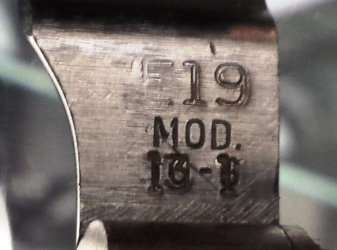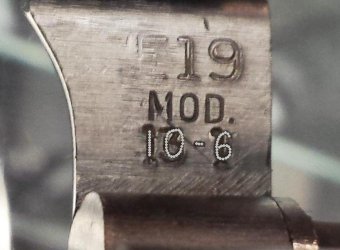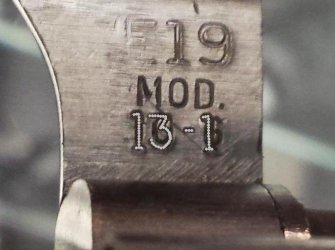That is so they mate up with the bottom of the ejector shroud, The extra metal in that area does nothing to add any actual strength., which was the OPs question. It does make a little bit of a miss match where the bottom of the shroud meets the frame, if you stick a shrouded barrel on a non shroud barrel. But look carefully at the python barrels where they meet the model 15 and model 10 frame, Hardly noticeable and a Python barrel has more meat in the shroud than a Smith one does. Joke is if you mill 1/10" off the face of those frames the shroud will then matches perfectly.I know I read about the frame differences, so I looked it up in the SCSW. This is in their description of the Model 19:
Notice how the thick area where the barrel threads in extends down to the bottom of the shroud. The thick area on a standard K frame angles back just below the ejector rod. As I said, the frames are not the same.
View attachment 771613
View attachment 771614
Id did that on the face of this Brazilian frame to match up the 1950 barrel. I als machined a slot and silver soldered in some sight tang to make the top of frame match the barrel rib, when I made it into a pinned and recessed 45 colt using a reamed 44 mag cylinder


There are also some variations on the top front of the frame. The 2" model 15s are different there than the 4" and longer, The earlier fixed sight thin barrels were rounded in that are etc etc.
Last edited:



